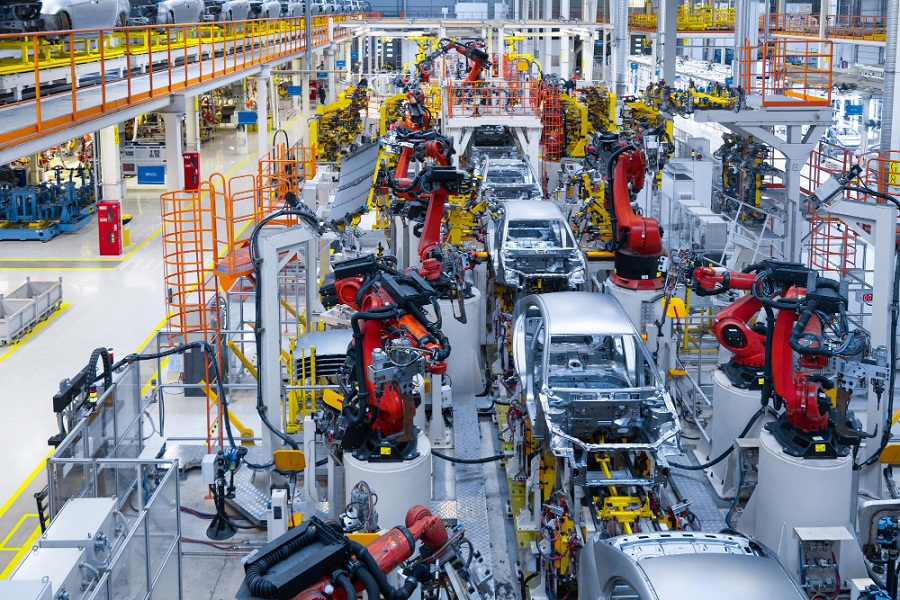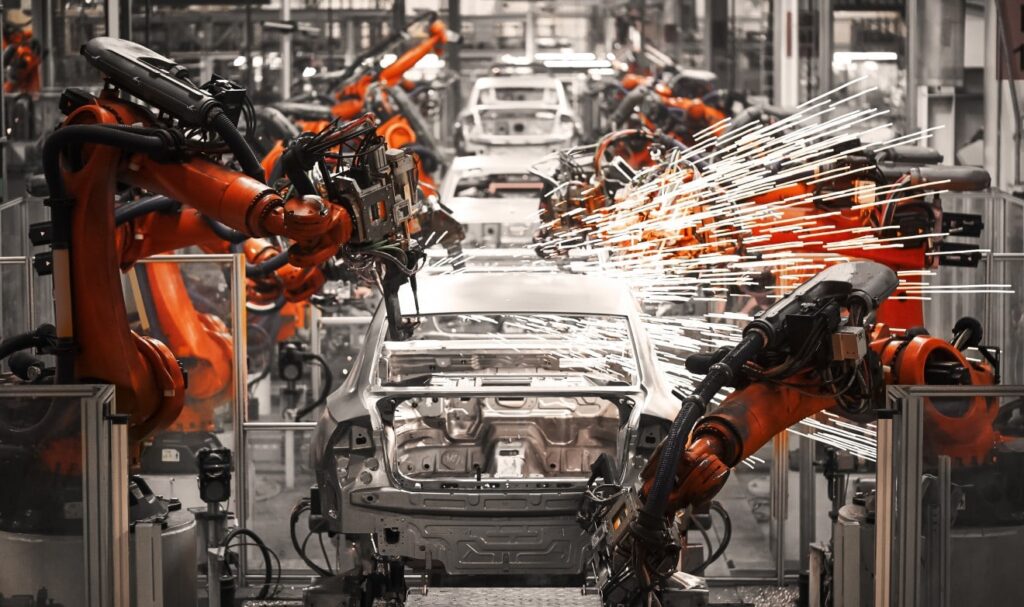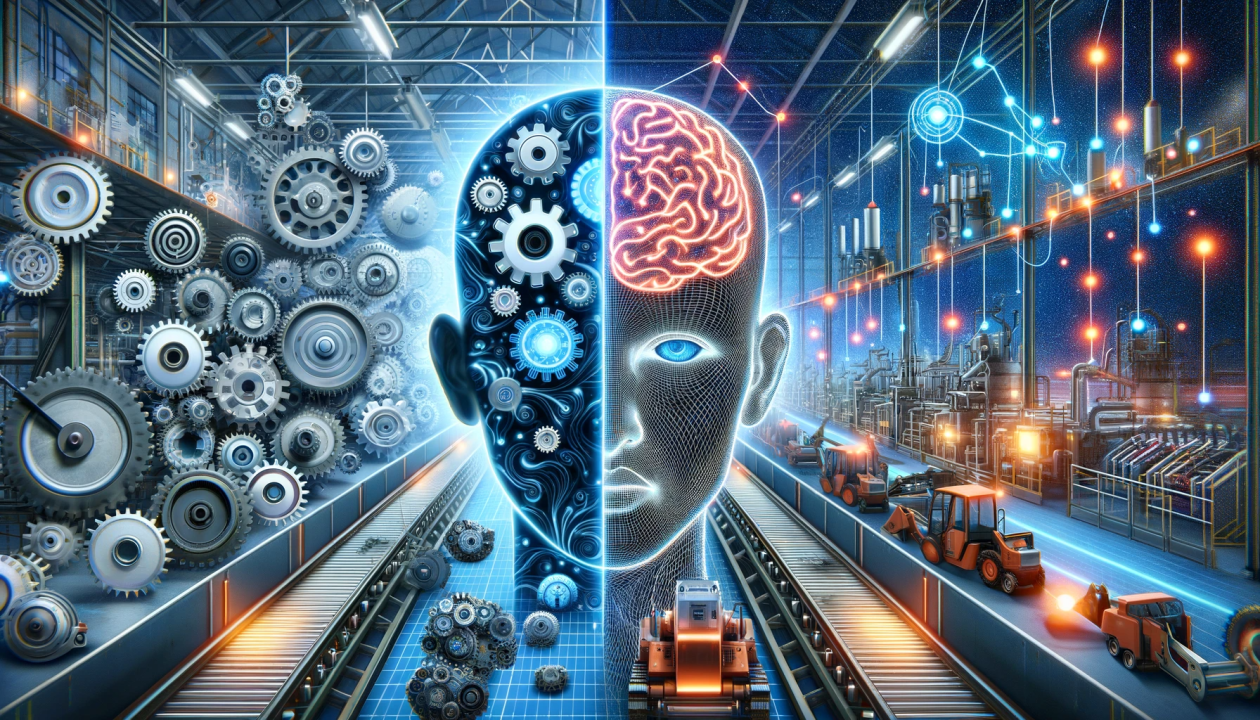Automation—the seamless integration of technology to execute tasks with minimal human intervention—has revolutionized industries worldwide. From manufacturing floors to IT systems, automation aims to streamline processes, enhance efficiency, and reduce human error. But this isn’t a recent phenomenon. Industrial automation boasts a rich history, dating back to ancient Greece. Today, we stand at the beginning of unprecedented technological access. The Fourth Industrial Revolution, often dubbed Industry 4.0, propels us into an era where automation fundamentally transforms how we work, produce, and innovate.
Automation plays a pivotal role in industrial growth. By streamlining processes, reducing errors, and enhancing efficiency, it accelerates production and drives economic progress. Industries that embrace automation experience increased productivity, cost savings, and improved quality. As technology evolves, integrating automation becomes essential for sustainable growth and global competitiveness.
By 2025, 10-15% of jobs in manufacturing, transportation, storage, and wholesale/retail trade are projected to have a high potential for automation. By 2035, this range may increase to 35-50%.
Bangladesh stands at the crossroads of industrial transformation. The delicate balance between technology and workforce development becomes crucial as it embraces automation. Strategic planning, skill enhancement, and adaptability are key to sustainable growth and global competitiveness.

The Global Context of Automation
One of the pioneering advancements to automation is Artificial Intelligence (AI), transforming decision-making and analytics in manufacturing. Collaborative robots, also known as cobots, work alongside humans, enhancing productivity and safety.
Robotic process automation (RPA) streamlines workflows, while autonomous mobile robots (AMRs) optimize material handling. Predictive maintenance algorithms minimize downtime and extend asset life. As industries evolve, balancing technology with workforce development remains critical for sustainable growth.
Automation revolutionizes production lines, assembly processes, and quality control. Robots handle repetitive tasks, leading to increased efficiency and precision. Some examples include automation in planting, harvesting, and monitoring crops. Drones and smart machinery optimize resource usage and crop health. Automation affects administrative tasks, customer service, and data analysis. Chatbots handle inquiries, while AI streamlines decision-making.

The Current State of Automation in Bangladesh
Bangladesh’s current industrial sectors majorly consist of a few key players; the Ready-Made Garment (RMG) Industry, Agriculture, Pharmaceuticals, Leather Industry, Fisheries, Information Technology (IT) etc. In 2022, RMG exports accounted for more than 80.6% of total exports, amounting to $19.90 billion, and agriculture contributed approximately 11.22%.
Although these numbers may sound promising, sadly our growing industries are still largely dependent on slow and manual labor. Most firms still use basic technologies, but there’s immense potential for improvement. Building human capital, enabling access to advisory services, and diversifying export-led growth are critical steps. Despite lagging in industrial automation, Bangladesh has gained some momentum in the past few years in business automation.
For instance, Shohoz, a Bangladeshi startup, has evolved into an all-in-one ‘super app’.
It provides services in five verticals: bus ticketing, ride-sharing, food delivery, truck rentals, and healthcare. By connecting local people to local products, Shohoz has harnessed technology to simplify everyday challenges. Digital transformation efforts, including startups like Shohoz, aim to improve lives in crowded cities like Dhaka by leveraging technology.
Some of the government initiatives and policies in Bangladesh support technological advancement. The Bangladeshi government has launched Digital Economy Hubs to drive technological innovation. These hubs focus on policy support, upskilling initiatives, and coordination of a Center of Excellence. The goal is to boost innovation and economic growth across various sectors.

Challenges to Automation in Bangladesh
Frequent power outages and voltage fluctuations are not uncommon in our industrial sectors. Limited high-speed internet access affects the adoption of cloud-based solutions and real-time data analytics. A comprehensive legal framework for automation is essential to address issues like data privacy, liability, and safety.
Many small and medium-sized enterprises (SMEs) need more financial resources to invest in automation technology. Fear of technology disruption and uncertainty about returns on investment deter companies from embracing automation.
The existing workforce needs upskilling to operate and maintain automated systems. The education system must align with industry needs, emphasizing STEM (Science, Technology, Engineering, and Mathematics) skills. Workers worry about losing jobs to automation, leading to resistance. Traditional work practices may resist change, hindering technology adoption.

Opportunities and Benefits of Automation in Bangladesh
Automation streamlines processes, reducing manual intervention. Tasks are executed faster, minimizing delays and bottlenecks. Repetitive tasks become automated, freeing up human resources for more strategic work. Automated systems work 24/7 without fatigue or breaks. Production cycles become more consistent and reliable. Productivity gains lead to higher output and revenue.
Automation allows companies to produce goods at competitive prices. Faster production and delivery times enhance market responsiveness. Efficient operations position businesses well in the global marketplace.
As the world undergoes rapid technological advancements, new sectors emerge. These sectors, such as renewable energy, artificial intelligence, and biotechnology, offer immense potential for job creation.
Automation, driven by AI and digitization, transforms job requirements. Existing workers need to acquire new skills to remain relevant. Companies must invest in retraining and upskilling programs for their employees. The rise of freelance work and digital platforms necessitates adaptable skills. Bridging gender gaps in job outcomes is crucial for sustainable growth. Transitioning to greener economies creates jobs while addressing climate change.

Stories of Success
Intelligent Machines, a Dhaka-based company, specializes in developing enterprise AI products to address various challenges faced by companies. Beyond addressing inefficiencies, their mission is to combat brain drain by retaining local talent and creating indigenous solutions tailored to Bangladesh’s context. They offer comprehensive AI solutions, similar to an AI consultancy. Their focus includes supply chain fraud detection, factory automation, and other industry-specific challenges.
Bangladesh’s government, through its Access to Information (a2i) program, has implemented several smart agriculture projects: IoT-based smart meter for irrigation pumps, decision-making of irrigation and fertilizer management, Krishoker Janala, smart fish farming, e-traceability of ruminants, etc.
The Future of Automation in Bangladesh
Bangladesh has witnessed significant growth in its manufacturing sector. To sustain growth and align with upcoming trends, Bangladesh has to adopt automation and technology in manufacturing processes. In the South Asia region, Bangladesh has become a substantial market for automation-providing companies. Global players are expanding their business presence in the country to cater to the specific needs of its dynamic manufacturing sector. For instance, Rockwell Automation, a global company, has partnered with a local distributor called Reverie Automation to serve Bangladeshi industries across various sectors, including cement, steel, textiles, and pharmaceuticals.
In summary, strategic planning and targeted investment in education, infrastructure, and technology are crucial for Bangladesh to harness the benefits of automation. By fostering a skilled workforce and creating conducive learning environments, the country can position itself for sustainable growth and development.






